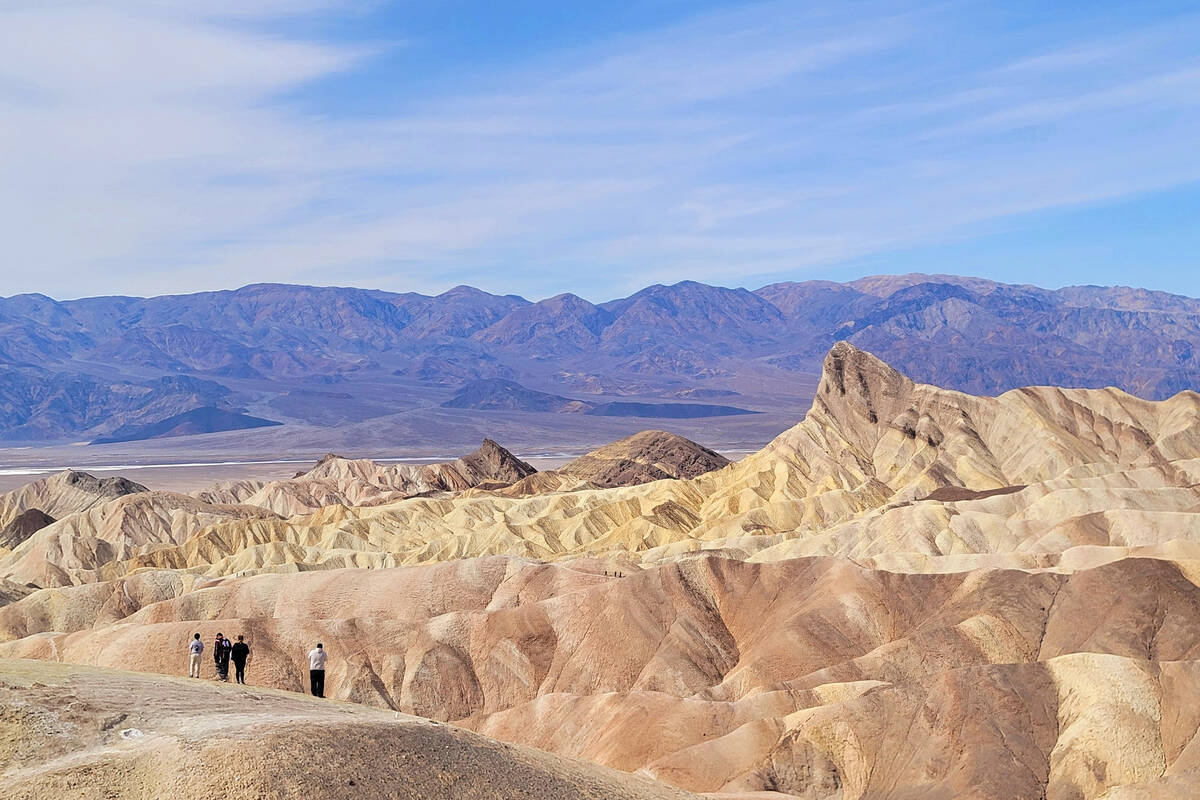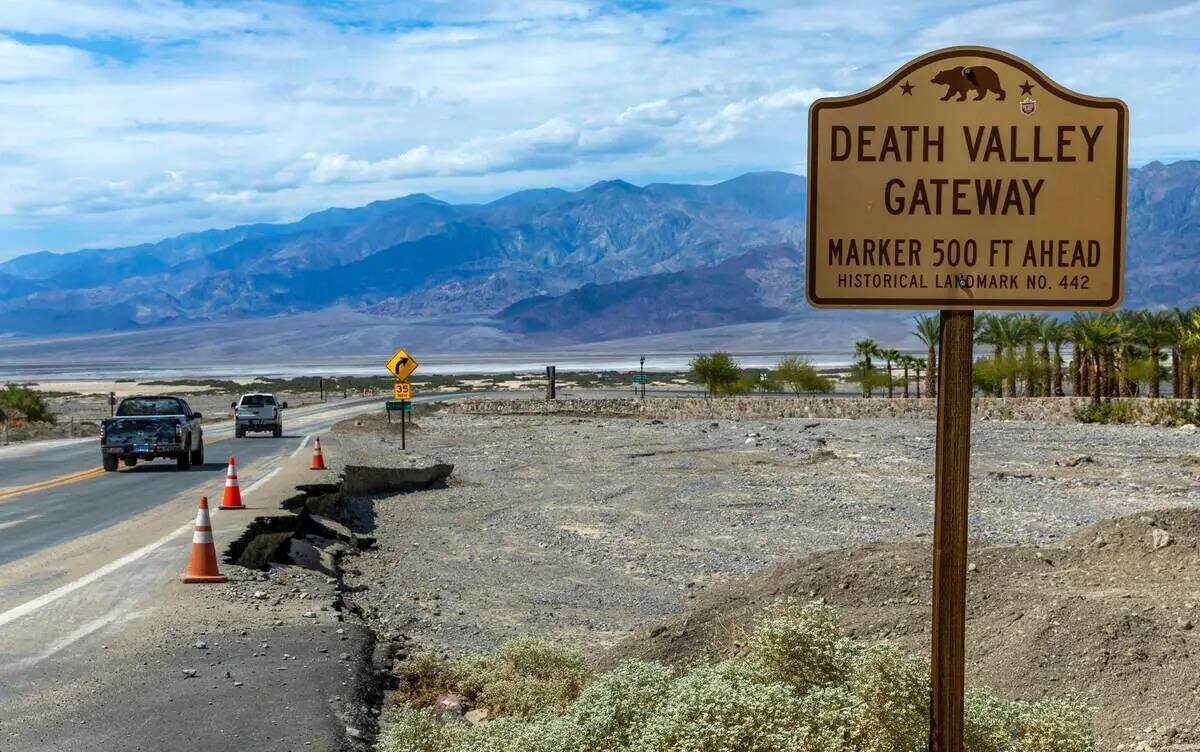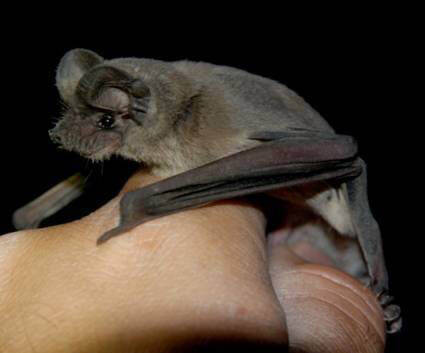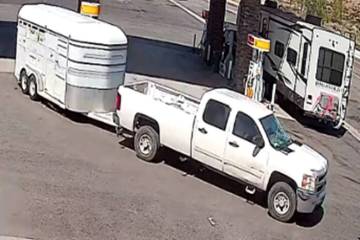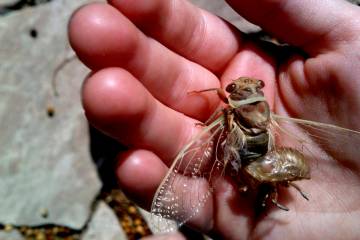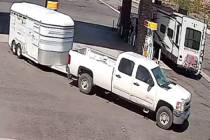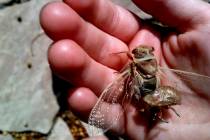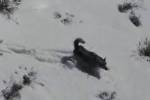Rabid bat ‘behaving strangely’ bites woman at Death Valley
A rabid bat bit a woman at Death Valley National Park, parks officials said.
The bite was one of two incidents — a coyote was also hit by a vehicle — that serve as reminders to people visiting Death Valley that they should not touch, handle, or feed the wildlife in the park, according to a news release from the National Parks Service.
Officials said that a bat was seen “behaving strangely” on April 28 when it was spotted sitting on top of a garbage can outside the Stovepipe Wells general store. When a concession employee went to move the bat, officials said, the bat bit her through the protective gloves she was wearing.
Parks workers captured the bat, and it was tested by the California Department of Public Health for rabies. On May 2, the woman was told that the bat did, in fact, have rabies.
The woman, whose identity wasn’t released, was treated for rabies exposure.
Parks officials are urging anybody who thinks they might have had contact with the bat to contact the Inyo County Health Department at 760-873-7868.
“Rabies is usually fatal, unless treated before symptoms begin,” the National Parks Service news release said. “Humans can get rabies through contact with an infected animal’s saliva, such as a bite or scratch. Any mammal can carry rabies. People should be especially concerned when an animal is behaving aggressively or does not show a normal fear of humans.”
Less than 1 percent of bats have rabies, parks officials said. There are at least nine species of insect-eating bats that live in Death Valley.
A week before the bat bite, parks officials said, a coyote was hit by a vehicle on California Route 190, the main road through the park, near Badwater Road.
It’s not known if the coyote lived or died. It limped away. But some coyotes in Death Valley have learned to associate vehicles with food, so they actually try to stop traffic by walking in front of cars.
“Some coyotes in the park have learned to associate vehicles with people feeding them, which is illegal in the national park,” the parks service news release said. “Habituated coyotes have learned that they can stop traffic by walking in front of moving vehicles.”
The National Parks Service has provided the following advice on how to stay safe around wildlife:
— Never approach, touch, feed, or pick up a wild animal. Enjoy wildlife from a safe distance.
— If you see sick, dead or erratic-behaving wildlife in the park, notify a park employee.
— Consult with your doctor in the event you have contacted an animal thought to be rabid.
— In areas where pets are allowed, make sure that pets are always vaccinated and kept on a leash.
— Stay out of mine openings and other places bats are likely to roost.
Contact Brett Clarkson at bclarkson@reviewjournal.com. Follow @BrettClarkson_ on Twitter.



